
Recommendation
The COVID-19 pandemic and Great Resignation accelerated the shift toward employee-centric workplaces that has been underway for decades. In her Wall Street Journal bestseller, HR expert Jill Popelka charts the history of employee experience, beginning with the grueling conditions of work over millennia, to show how working life has arrived at its dynamic and evolving present. Popelka makes a convincing case that companies can thrive only when their employees do too – and offers clear guidance for firms that want to meet worker’s present-day needs for purpose, support and authenticity.
Summary
About the Author
Veteran technology executive Jill Popelka served as president of HR and business technology giant SAP SuccessFactors.
Learners who read this summary also read
Book
Book
Book
Book










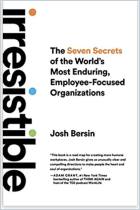
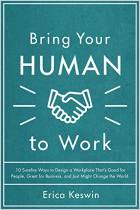
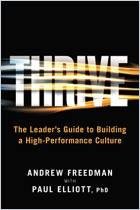
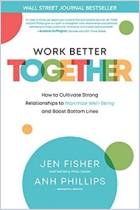
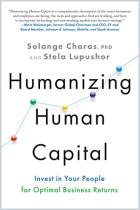



Comment on this summary or 开始讨论